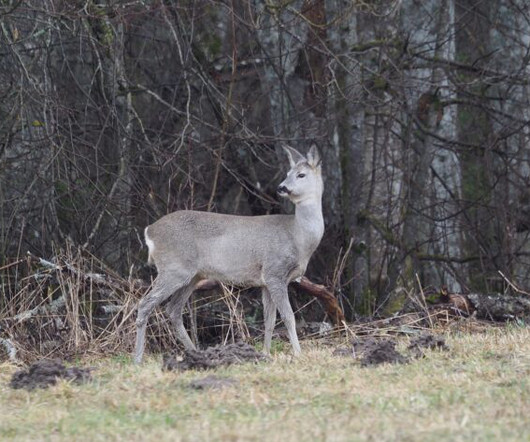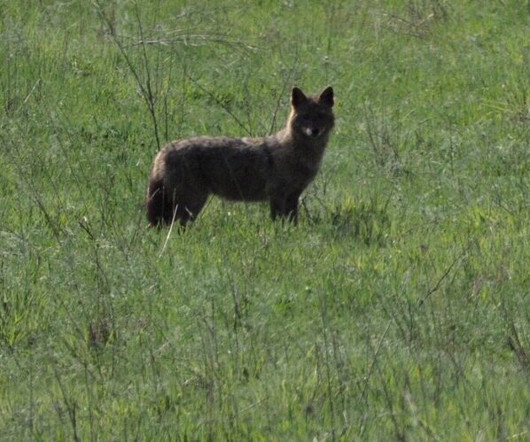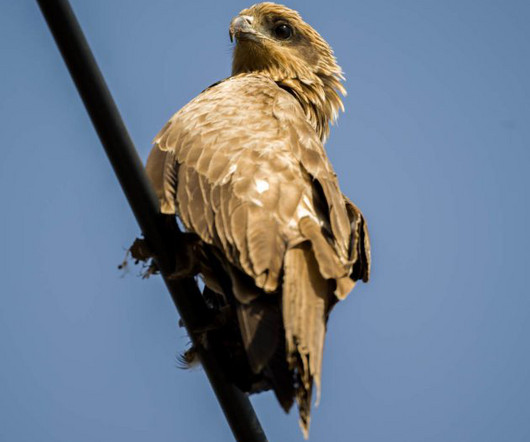Birding Finland on the Fly
10,000 Birds
JANUARY 11, 2014
Joseph Chiera is a Masters student in Animal Behavior and Conservation at Hunter College in NYC and a “somewhat newbie” to birding. Between finishing one graduate program and beginning another, he embarked on a whirlwind tour of Europe. And, as appears to be the case in most cities in Finland, wildlife and nature is only steps away!












Let's personalize your content